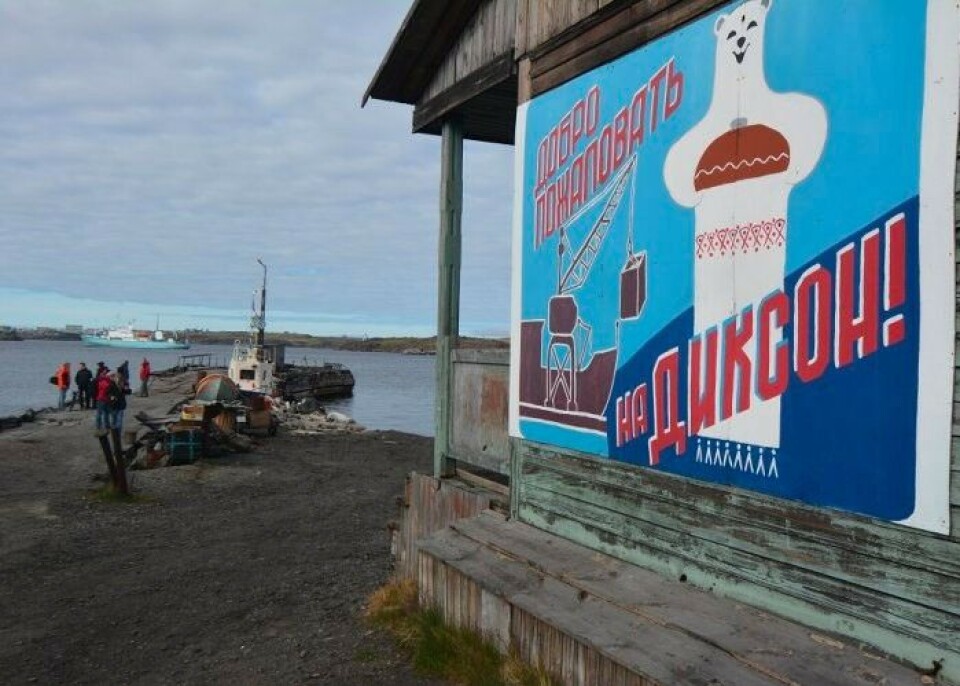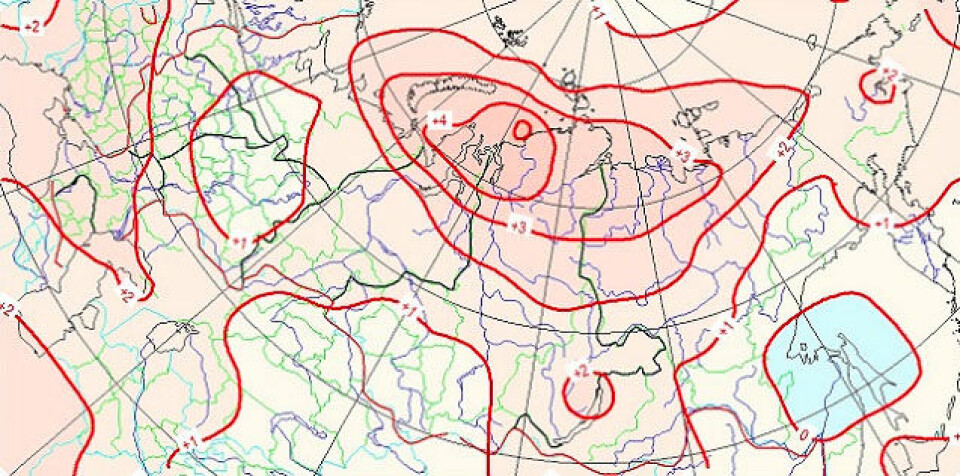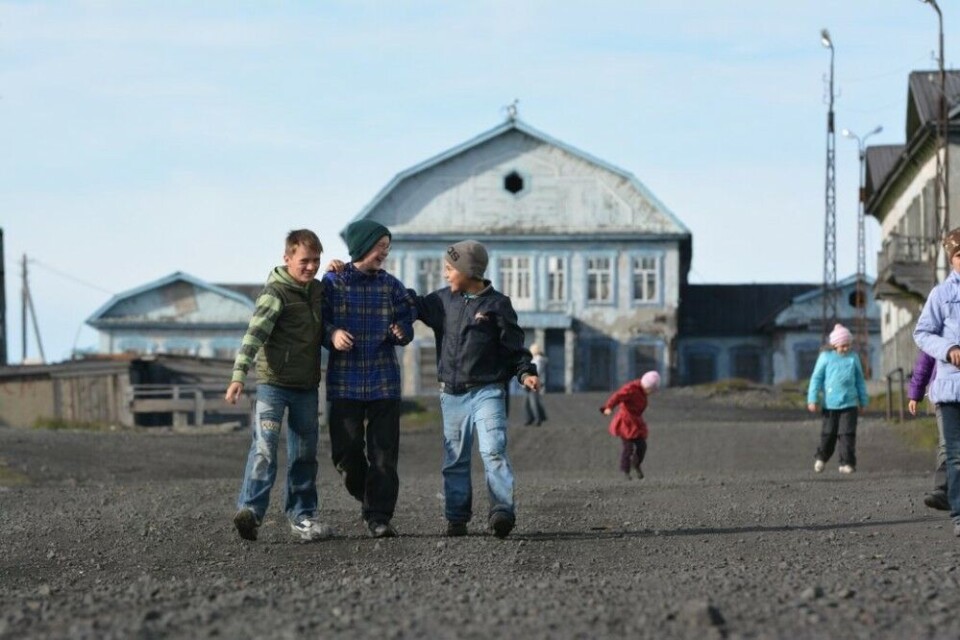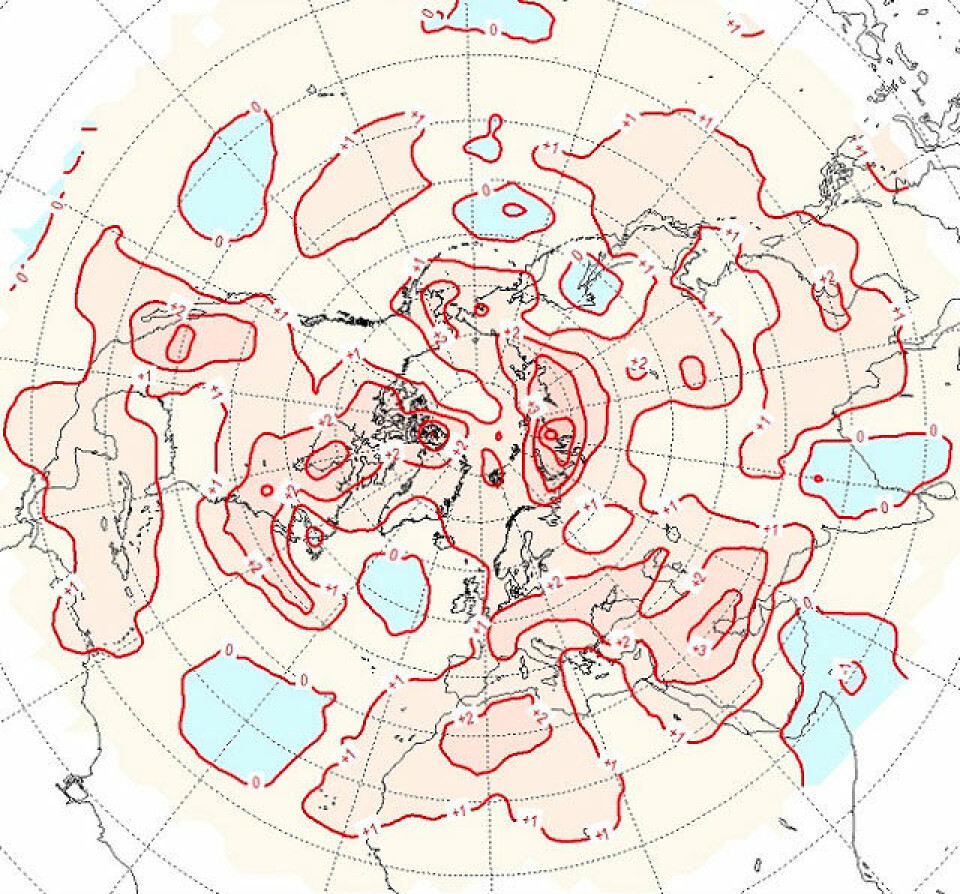
Northernmost Russian town is epicenter in unprecedented Arctic heatwave
Average temperatures in Dikson were more than 5°C above normal this summer.
The summer of 2020 beat the records. Since measurements started in year 1881, the temperatures in the Arctic have never been this high, according to Russia’s meteorological service Roshydromet.
And the most extreme examples are found in the Russian part of the region. According to Roshydromet, the average Russian Arctic temperatures were as much as 3-5 degrees Celsius higher than normal.
It was the northern parts of the Taymyr Peninsula that experienced the biggest temperature deviation. Maps presented by the meteorological service show that the areas adjacent to Dikson, the local town in Taymyr, were more than five degrees warmer than normal.

Also the Yamal and Gydan Peninsulas were extremely warm this summer with average temperatures more than four degrees above normal. A belt along the Russian coast stretching from the archipelago of Novaya Zemlya to Tiksi had average temperatures more than three degrees above normal.

Russian Arctic temperature records have this summer come one after another. On the 15th August, meteorologists measured 18,1°C at Cape Sterligov on the Kara Sea coast, while the Cape Bellings on the far northern edge of Chukotka was 17,4 degrees warm. At the same time, measurements from the island of Vize at 76 degrees North in the Kara Sea showed +7,0°.
In June, the village of Vekhoyansk in northern Yakutia had the highest temperature ever measured north of the Arctic Circle — 38 degree Celsius.

Also other parts of the Arctic have felt the heat. In Svalbard, the Norwegian archipelago, an all-time high of 21,7°C was measured at Longyearbyen airport on July 25.
“This summer has been extreme,” says Ketil Isaksen, Senior Researcher at the Norwegian Meteorological Institute. He is expert on permafrost and now sees a dramatic melting of the frozen Arctic ground and subsequent boost in emissions of climate gasses to the atmosphere.
At the same time, the Arctic sea-ice is shrinking at record pace.
As of September 1, Arctic sea ice extent stood at 4,26 million square kilometers, the second lowest extent for that date in the satellite recordings that started in 1979, according to the National Snow & Ice Data Center.
According to the World Meteorological Organization, the summer of 2020 will leave a deep wound in the cryosphere, with a major impact on ice shelves and glaciers in the Northern hemisphere.
The consequences of a warming Arctic will be far-reaching across the region, the organization warns.

















